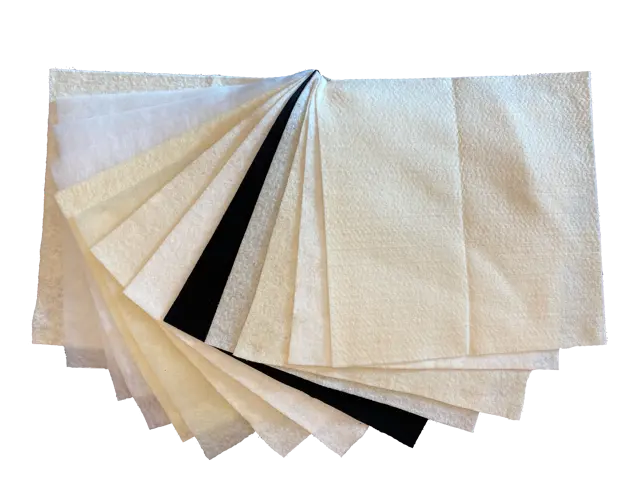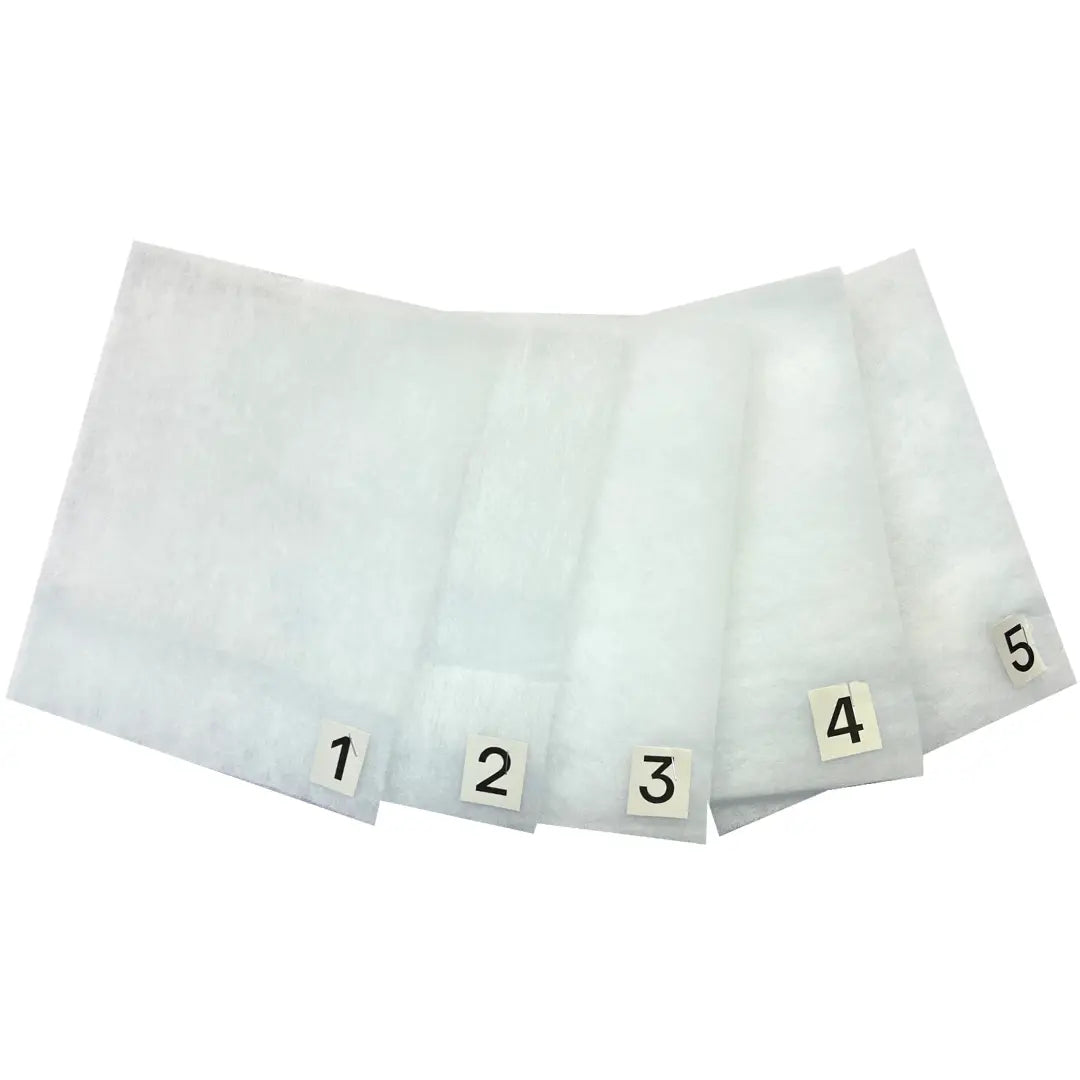Quilting, a cherished tradition woven into the fabric of many cultures, is a harmonious blend of artistry and craftsmanship. Central to this creation, both in essence and structure, is the batting. This integral layer dictates the loft, weight, warmth, and even shadowing of our quilts. With myriad options at our fingertips, how does one determine the most fitting selection for their masterpiece?
- Understanding Batting Basics
Batting, occasionally referred to as wadding, is the cushioned layer nestled between the quilt top and the backing. Its primary function is to grant the quilt its loft, warmth, and overall texture.
- Types of Batting
A plethora of batting types await the quilter's discerning eye:
- Cotton Batting: Procured from cotton plants, it's revered for its gentle texture and matte finish. Perfectly suited for machine quilting, it imparts a timeless wrinkled look post laundering.
- Polyester Batting: Birthed from synthetic fibers, it's light in weight yet proficient in insulation. With an uncanny knack for retaining its loft and form, it's the prime candidate for quilts necessitating regular cleaning.
- Wool Batting: This organic fiber is not only warm and airy but is also a connoisseur of loft, eclipsing cotton. A noteworthy trait of wool is its absence of memory for creases, rendering it an exemplary choice for projects destined for folding and storage. Its inherent drape makes it a darling for quilted attire.
- Blends: Many quilters have a penchant for blends, such as the 80% cotton and 20% polyester amalgamation. This matrimony marries the plushness of cotton with the resilience and loft of polyester.
- Choosing the Right Batting
In your quest for the perfect batting, take heed of the following:
- Purpose: For a breezy summer quilt, cotton, with its commendable breathability, is a front-runner. As the chill sets in, wool or a denser polyester might just be your quilt's best companion.
- Quilting Distance: A quick perusal of the batting label reveals the suggested quilting distances. Some battings yearn for close-knit quilting to combat shifting, while others are more laissez-faire.
- Drape: A quilted vestment or a throw with aspirations of gracefully cascading over furniture? Wool or a svelte polyester should be in your cart.
- Care: For those quilts that will frequent the wash, such as those for the little ones, a polyester batting or its blended kin should be on your radar.
- Examples and Guides
- Bed Quilts: Cotton or its blended counterparts usually steal the limelight, owing to their intrinsic comfort.
- Wall Hangings: Disregarding warmth, loft becomes paramount. Polyester, with its lofty ambitions, is a clear winner.
- Table Runners/Placemats: Cotton batting emerges triumphant due to its even demeanor and its resistance to the slippery wiles of polyester.
- Baby Quilts: Battings that can endure the washing machine's rigors, like polyester or blends, rise to the occasion.
- T-Shirt Quilts: A polyester batting is the order of the day. Given that t-shirt quilts carry their weight, a feather-light batting is a boon. Furthermore, pre-shrunk t-shirts, when paired with polyester, steer clear of the crinkled heirloom facade.
- Quilted Jackets: Wool batting, with its warmth sans bulk and impeccable drape, is a unanimous choice.
To wrap up, the batting can profoundly influence the final avatar of your quilt. While the suggestions provided cater to the vast community of quilters, it's always wise to let your project's unique requirements and personal touch guide your decision. Happy quilting!


